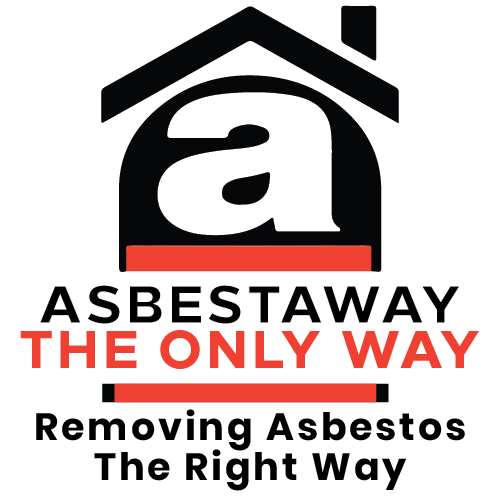Why Consider Asbestaway for Safe Asbestos Removal and Disposal Services?
When it comes to asbestos removal, choosing a reliable and experienced service provider is paramount. Asbestaway stands out as a leading choice for several reasons:
- Expertise and Experience: With a team of trained and certified professionals, Asbestaway brings years of experience in safe asbestos handling and removal.
- Comprehensive Services: Asbestaway offers a full range of services, from initial inspections to final air quality testing and disposal, ensuring a seamless and safe process.
- Adherence to Regulations: Asbestaway strictly adheres to local and national regulations, ensuring that all removal and disposal processes meet safety standards.
- State-of-the-Art Equipment: Utilizing the latest technology and equipment, Asbestaway ensures efficient and safe removal while minimizing risks.
- Customer-Centric Approach: With a focus on customer safety and satisfaction, Asbestaway provides personalized service tailored to each client’s needs.
- Transparent Pricing: Asbestaway offers clear and transparent pricing, eliminating hidden fees and ensuring clients know exactly what to expect.
Conclusion
Asbestos poses significant health risks, making safe removal and disposal practices essential. Understanding the best practices for handling asbestos can protect both individuals and the environment. By engaging professionals like Asbestaway, you ensure that the process is conducted safely, legally, and efficiently.
Don’t take chances with your health or the safety of your property. Contact Asbestaway today to discuss your asbestos removal and disposal needs, and take the first step towards a safer environment.

